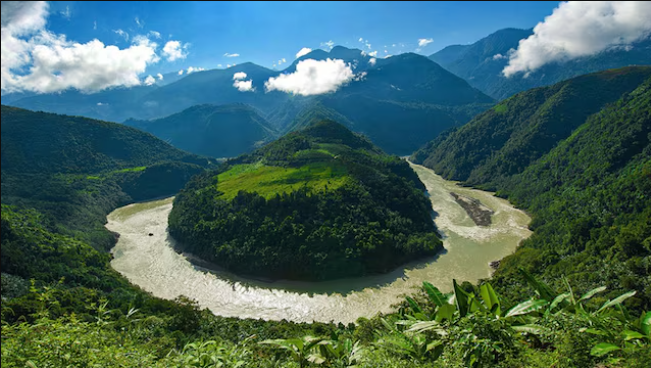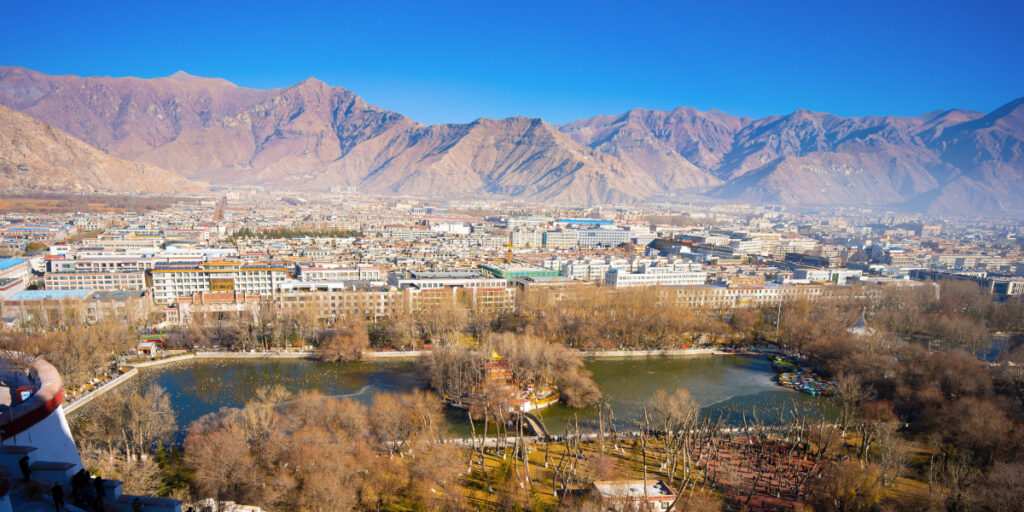China has officially started building a massive hydroelectric dam on the Yarlung Tsangpo River in Tibet, drawing global attention due to its size, location, and potential impact on neighboring countries. The new project, described by Chinese media as a super dam, is expected to be one of the most powerful hydropower stations in the world once completed.
Massive Tibet Dam on Yarlung Tsangpo Aims to Boost Clean Energy
The dam is located in Medog County, near the border with India and along the Yarlung Tsangpo, a river that later becomes the Brahmaputra in India and Bangladesh. Chinese officials say the project is part of the country’s long-term strategy to generate clean energy, reduce reliance on coal, and develop infrastructure in the remote Tibetan region.

China promotes the project as a way to meet national energy demands and advance climate goals through renewable power, while engineers expect the dam to generate approximately 60 gigawatts of electricity surpassing even the output of the Three Gorges Dam.
India and Bangladesh Raise Concerns Over Water Security and Ecosystems
India and Bangladesh, downstream countries that rely heavily on the Brahmaputra River, have expressed concerns about the potential impact of the dam on water flow, agriculture, and ecosystems. Experts warn that changes in river levels could affect millions of people who depend on the river for drinking water, farming, and fishing.
Environmental groups also fear that the mega-dam could disturb the fragile Himalayan ecosystem, threaten local wildlife, and increase the risk of earthquakes or landslides in the region. The area is known to be geologically sensitive.
Chinese Government Promotes Economic Development in Tibet
Beijing says the project will bring much-needed development to Tibet, one of the most underdeveloped regions in China. The dam will create jobs, improve transportation links, and boost local industry. It is also part of China’s broader efforts to integrate Tibet more closely into the national economy.
Construction workers and engineers have already begun preparing the site; they’re moving in heavy machinery and actively surveying local villages for relocation and compensation.

While China insists the dam will bring clean energy and economic growth, international groups are calling for greater transparency and cooperation. Environmentalists want independent assessments to study the possible impacts on the river’s flow, sediment, and surrounding biodiversity.
There are also calls for China to coordinate with neighboring countries like India and Bangladesh to ensure fair water sharing and reduce regional tensions.
As construction moves forward, the world will be watching closely to see how China handles both the environmental and geopolitical challenges tied to this mega-project.

